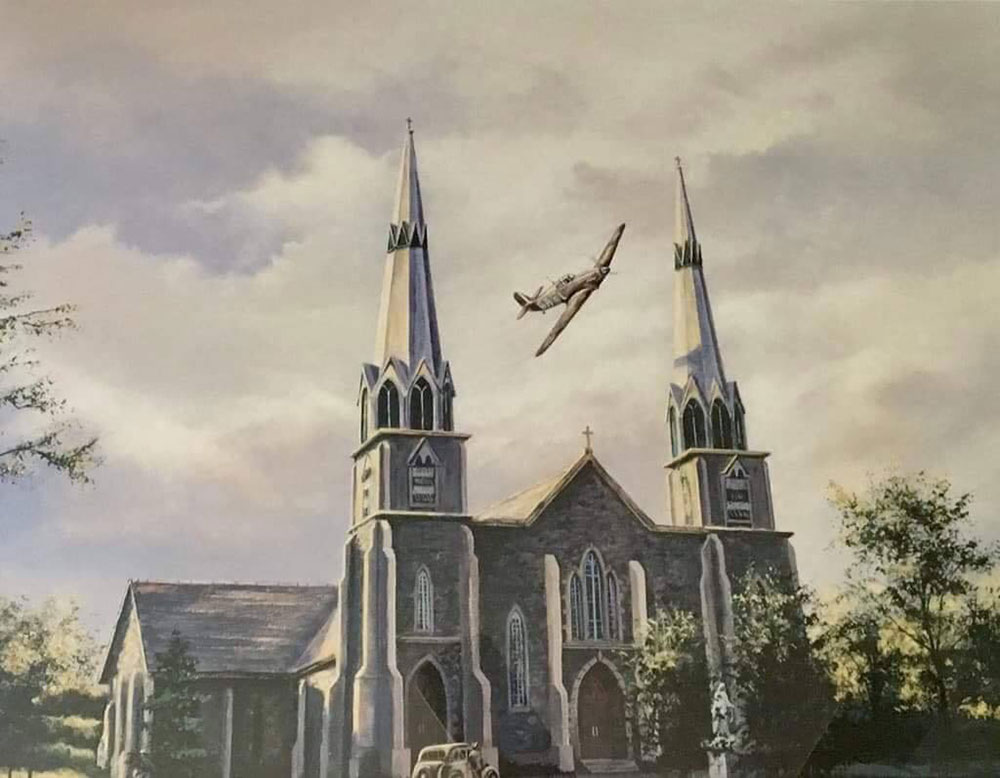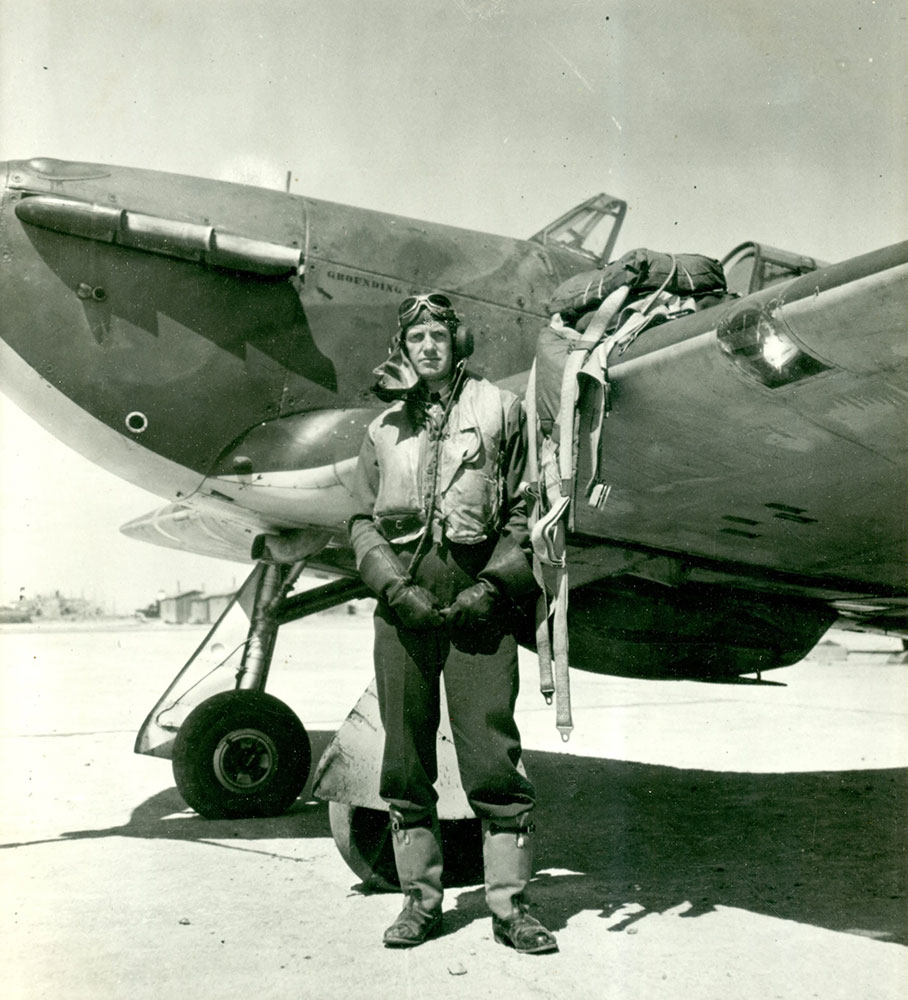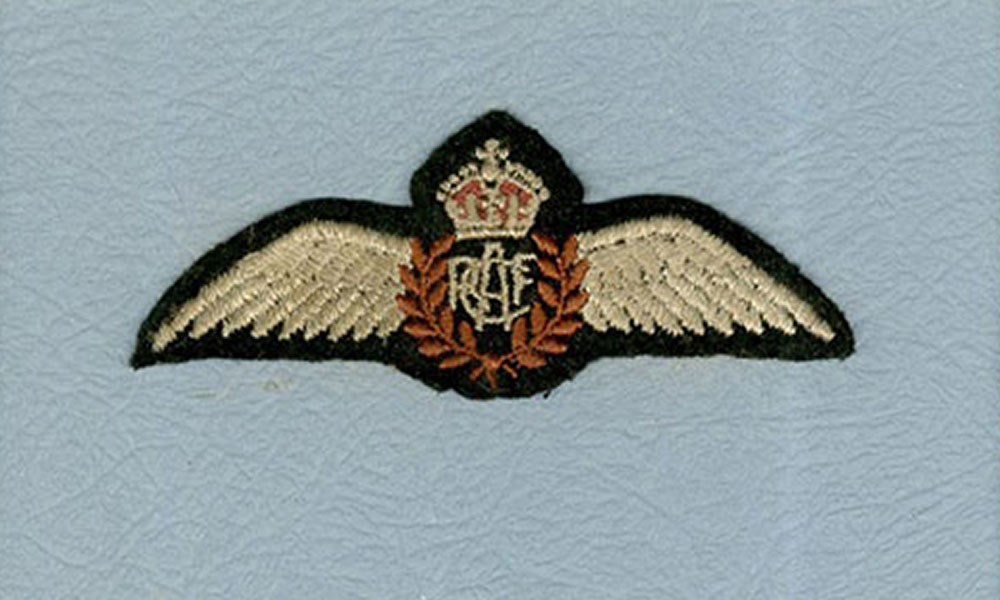Flying Ace of Harbour Grace: Lamont (Lal) Parsons
Though Harbour Grace is known for hosting aviators of international renown, the community also served to produce some of Newfoundland’s most celebrated pilots.
Born in Harbour Grace on August 12, 1919, the son of Reuben T. and Gertrude Parsons, Lamont (Lal) Parsons is considered the community’s most well-known local aviator. Like his father Reuben and brother Bill, Lamont Parsons had a keen interest in aviation.
In 1940, at the age of 21, Parsons enlisted in the Royal Canadian Air Force (RCAF) in Halifax. He spent two years of flight training in Ontario and Saskatchewan before being posted to the RCAF’s 125 Fighter Squadron at their newly built station in Torbay, Newfoundland.
Part of the Eastern Command, Parsons’s squadron patrolled the skies above Bell Island’s iron ore mines. They also protected the vital North Atlantic shipping lanes off the coast of St. John’s from German U-boat attack.
Radio direction finding, the same technique utilized at the Royal Canadian Navy’s airstrip base in Harbour Grace, kept Parsons and his squadron patrols informed.
To improve their offensive abilities, the squadron’s Hurricane fleet was later equipped with bombs and depth charges, attached under the wings of each plane. The squadron’s armoury officer, A. S. Goodwin, was responsible for developing a method to carry this payload using angle irons and springs, taken from bunk beds at the Torbay barracks.
Under the supervision of senior officers, Parsons was the first to test this new payload by dropping a bomb on a small load of sheet ice off Cape Race. However, by flying too low for the drop, Parsons almost destroyed his Hurricane aircraft in the process.
Thankfully, the pilot returned safely to Torbay, and Goodwin’s invention was formally approved for manufacturing at Sydney Steel Mills in Nova Scotia.
Enjoy this video with Elaine and Pam Edwards about Lamont (Lal) Parsons (with transcript).
In the fall of 1942, Parsons pulled off an infamous stunt in his hometown-still remembered to this day in local legend-when he flew between the spires of the Immaculate Conception Cathedral in full view of his parents and fellow aviator Bill Gilmartin.
However, not every bystander was impressed. Shortly afterwards, his father and brother Max travelled to Torbay to reprimand him and ordered the young pilot to stop his daredevil stunts around Harbour Grace.

Lamont (Lal) M. Parsons flying between the spires of the Immaculate Conception Catholic Church in Harbour Grace, 1942.
The 125th Fighter Squadron transferred to the United Kingdom in July 1943. Under Royal Air Force (RAF) command, Parsons flew Spitfire aircraft on combat missions from bases in England.
Here, he obtained the rank of Flying Officer. The RAF eventually promoted Parsons to the rank of Squadron Leader. Parsons later called this promotion his proudest accomplishment.



